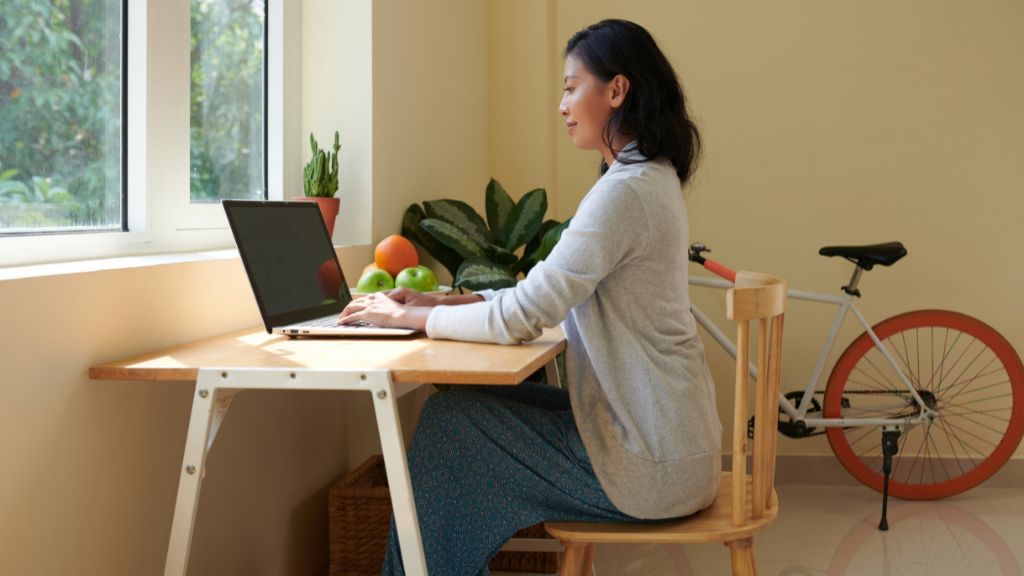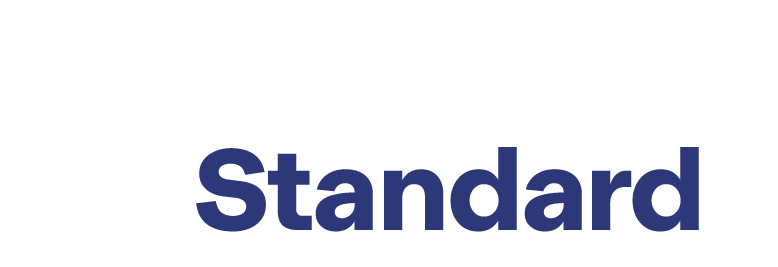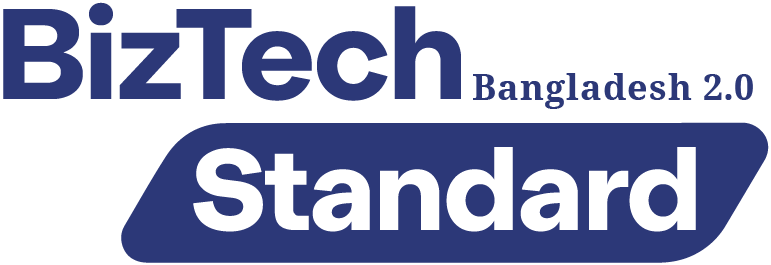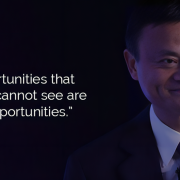| বাংলায় পড়ুন | Researchers and Reporters: Shama Sultana Ayesha Akhter |
Many of us wish to implement multitasking techniques at work in today’s fast-paced world. This is highly encouraged. It appears from the surroundings that there is intense competition to accomplish more in less time. But is multitasking the best method to get things done? We are not sacrificing the quality of our job by doing more tasks in less time, are we?
On the other hand, proponents of single-tasking contend that the secret to reaching optimal productivity is concentrating on only one activity at a time. Therefore, we shall go into great depth on which approach works best nowadays. either multitasking or single-tasking.
Multitasking: what is it?
Executing multiple tasks at once is known as multitasking. We frequently consider it a means of boosting productivity and saving time. However, the truth is very different. Studies have shown that multitasking might lower productivity. For example, a University of London study found that multitasking can reduce IQ scores by as much as 15 points.

Multitasking refers to the ability to perform multiple tasks simultaneously. | Photo collected.
Single-tasking: what is it?
The practice of concentrating on a single task at a time can be referred to as single-tasking. Single-tasking has been demonstrated to boost output and enhance the caliber of work. Taking on a single task can help you feel less stressed and more satisfied at work. This is due to the fact that concentrating on a single activity at a time enables us to do things more successfully and efficiently.

Single-tasking as an alternative to multitasking means giving complete attention to one task at a time. | Photo collected.
Is It Better to Multitask or Single Task for Productivity?
When it comes to productivity, single-tasking appears to be superior to multitasking. Research indicates that we may work more effectively and commit fewer mistakes when we concentrate on a single activity at a time. Furthermore, single-tasking enables us to prioritize our tasks and produce superior outcomes.
As per the findings of a study published in “Supertaskers: Profiles in Extraordinary Multitasking Abilities,” a mere 2.5 percent of individuals demonstrated the ability to multitask well. Their performance significantly declined for the others. Another study by scientists at the Paris-based Institut National de la Santé et de la Recherche Médicale (INSERM) demonstrates the impact of multitasking on the brain’s prefrontal cortex. During a single task, the prefrontal cortex’s two sides collaborate. Performing several tasks simultaneously causes the sides of the brain to begin functioning separately. Memory issues arise from this, which diminishes performance and increases the frequency of errors.

Supertaskers: A profile of individuals with exceptional multitasking skills and outstanding abilities. | Photo collected.
Multitasking also has the drawback of potentially impairing focus and concentration. We are unable to give each task our whole concentration when we attempt to multitask. We split our focus between several tasks. This can result in errors and a decline in the caliber of the job.
However, multitasking might be required in some circumstances. For instance, we might occasionally need to multitask in a fast-paced job setting. However, it’s crucial to be aware of the drawbacks of multitasking and make every effort to avoid them.
Nevertheless, this issue does not occur when single-tasking is utilized. We can focus entirely on a certain task at certain times. As a result, the likelihood of mistakes on the job is reduced and the quality of the work is preserved.

Single-tasking as an alternative to multitasking: The ability to give complete attention to one task at a specific time. | Photo collected.
Tips for Single Tasking
The following advice may help you adjust to single-tasking if you are accustomed to multitasking:
- Prioritize your work -You need to prioritize your work first. You must put your work first. Prioritize your works by determining which are most important. This will assist you in making efficient use of your time. After completing your most pressing duty, you will be mentally relaxed and able to focus on the remaining duties.
- Set specific goals – Establish clear objectives for every work rather than attempting to do them all at once. By doing this, you’ll be able to stay motivated and focused while moving closer to your objectives.
- Stay away from distractions – Avoid distractions, To maintain concentration, avoid any distractions that could divert your attention. In this case, you can avoid using your phone while working, avoid social media or email, and work in a peaceful environment.
Take short breaks between tasks – Taking small breaks in between jobs can help you be more efficient when single-tasking. Boredom can be avoided by taking quick rests between jobs to refuel and concentrate.

Taking short breaks between tasks is essential for enhancing multitasking skills. | Photo collected.
The argument between multitasking and single-tasking is not new. The particular task at hand and your personal preferences will determine which working style will help you succeed. Many people find multitasking to be an alluring strategy, but it can also result in decreased productivity and more mistakes. Conversely, single-tasking enables us to concentrate on a single task at a time, improving productivity and outcomes.
Try single-tasking if you have trouble multitasking. In this case, you can follow some guidelines to adhere to. Whatever approach you decide on, you need to be committed to the work.



























Comments